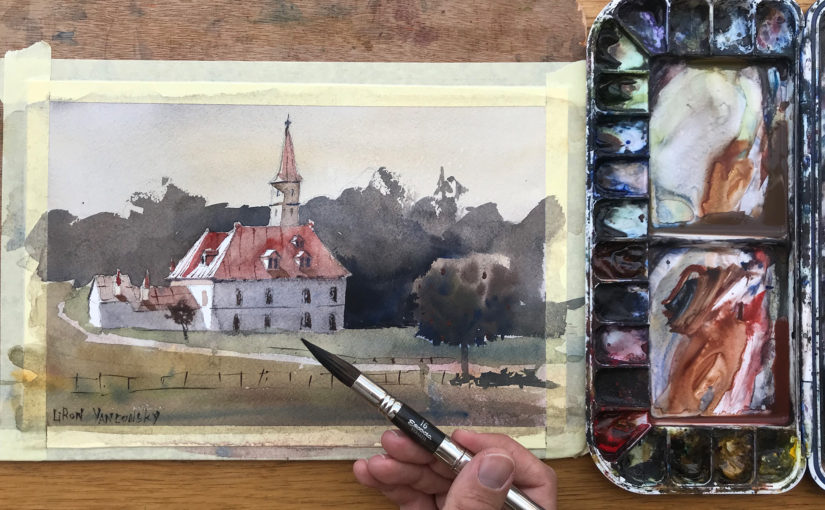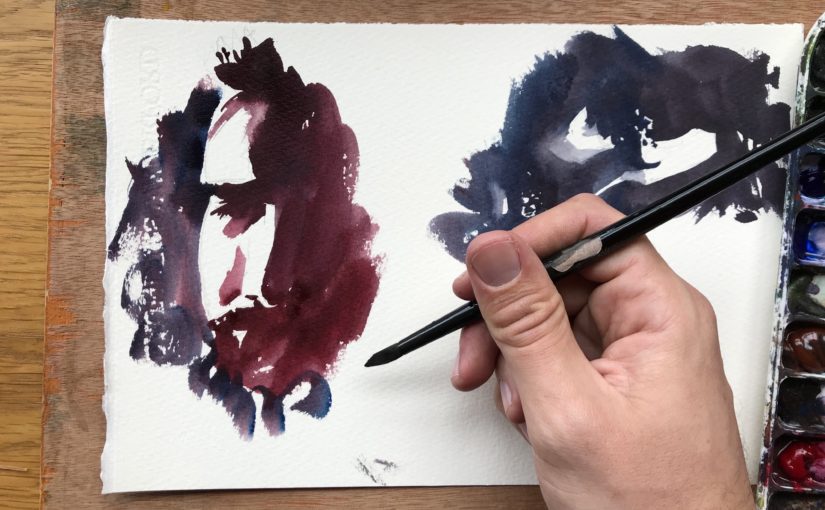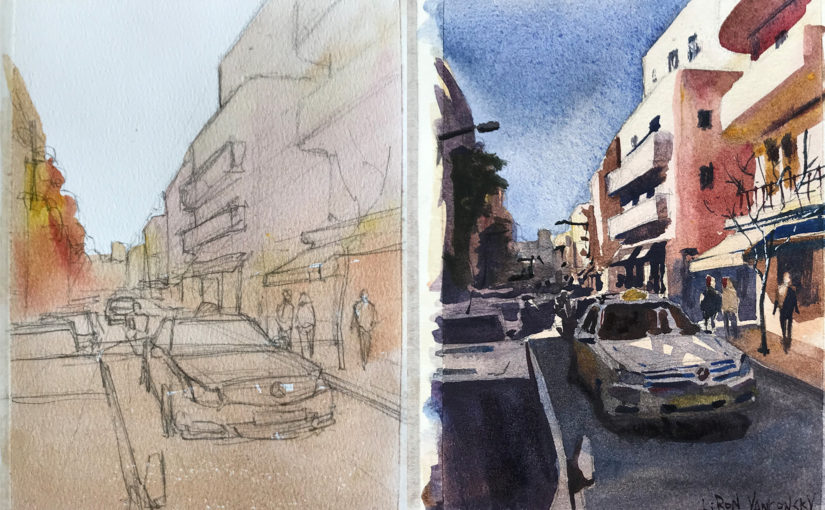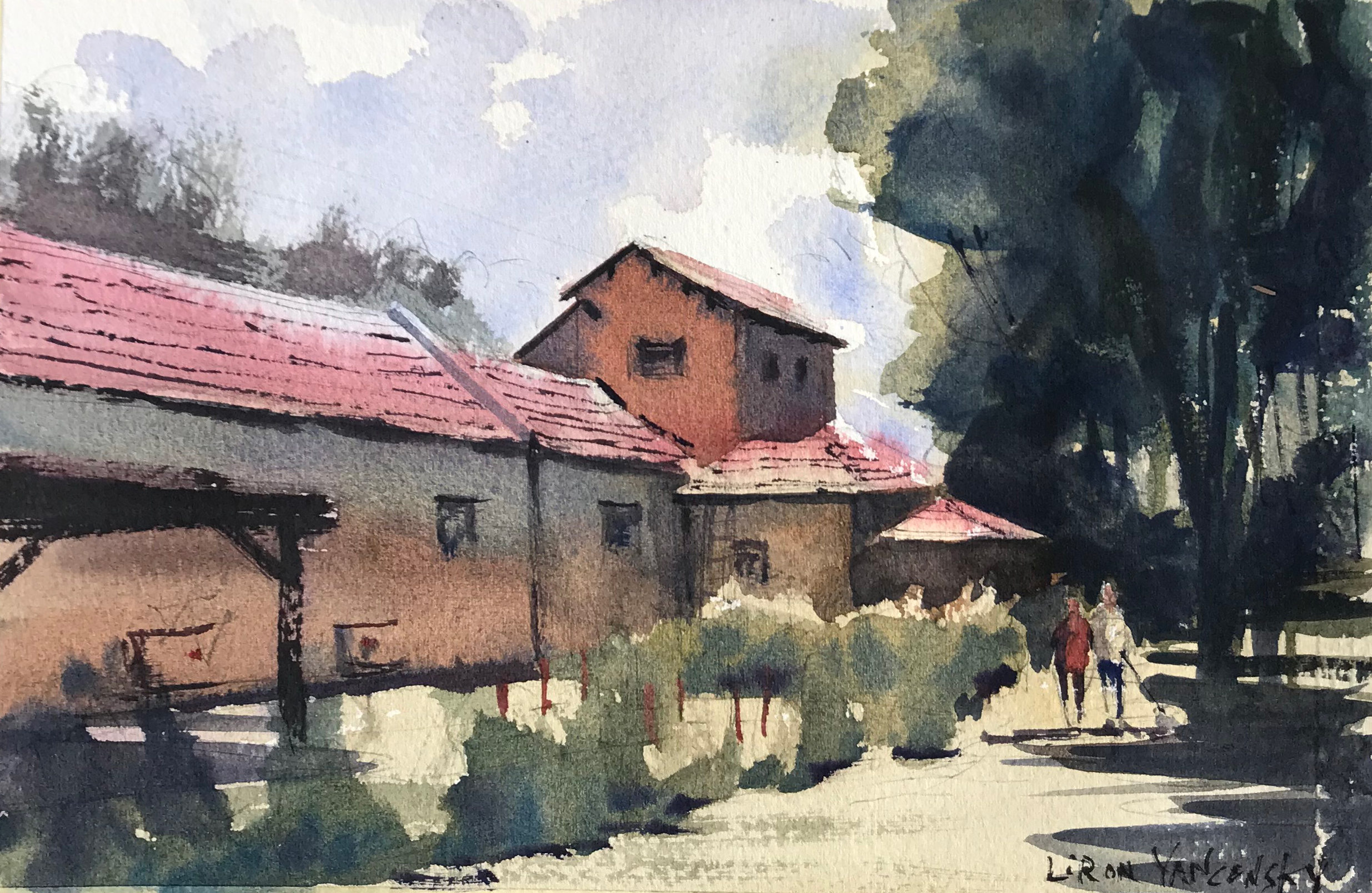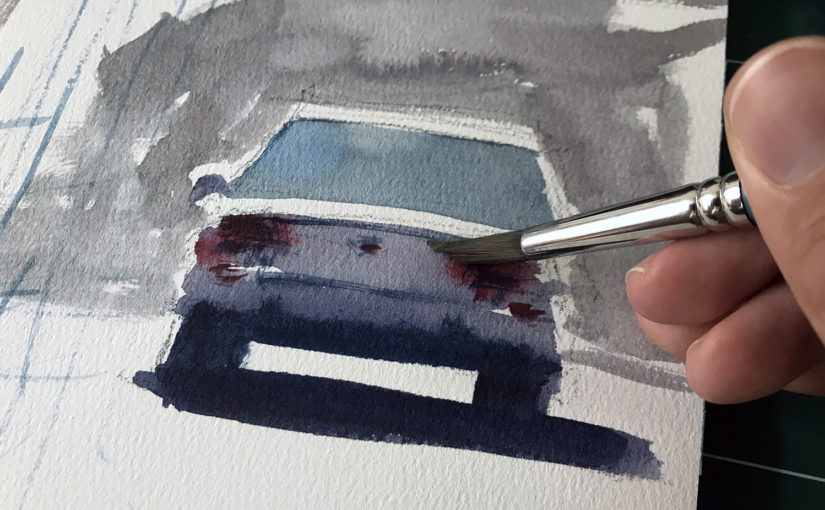Podcast: Play in new window | Download
Subscribe: Android |
Hi there, Liron here! Today I want to talk to you about my 2019 goals as an artist (and perhaps as a person in general!).
First off – I wanted to wish you a fantastic 2019. I hope you achieve anything you set out to. Also wishing you lots of health and happiness.
So now – let’s get started!
My 2019 goals are divided into to groups – big goals and small goals.
Big 2019 Goals
These are main, essential goals that encompass my long term vision.
1. To reach a “Godlike” level of creation.
That was the best way I found to phrase it. I want to create are that contains shards of divinity, perfection and the ideal.
In other words – I realized how important it was for me to improve my creative skills. This poses a challenge – how can I work even harder on my skills, and still be fully productive in all the other areas.
I still cannot answer that question fully. But what I do know is that this one is very important to me.
2. Complete control of my personal and business finances.
I say personal AND business, but I’m aware that the focus really is on the personal. In 2018 I created a lot of order and organization in how I manage my finances, and a part of it is getting a firm to do that for me (;
But now I want to be more in control of how much I’m actually spending, in relations to my expenses.
This is mainly so that I can save and invest for the future.
3. Share my knowledge and create a legacy.
This is a direct continuation of what I’ve been doing in the past 2 years. Only now I know exactly how to phrase it.
This is basically publishing tons of content online.
This year, however, I’ll start being more active on LinkedIn, and also get back to Pinterest, which I completely abandoned for the last two years.
There are also some other platforms I’m planning on putting more emphasis on, and I generally want to DO MORE everywhere.
Small 2019 Goals
These are smaller goals that are still important for me.
1. Become a YouTube master.
This means improving my content significantly, and becoming one of the best channels out there.
2. LinkedIn.
Already mentioned previously. But it was still important for me to write this one separately. LinkedIn has more meaning to me than just another social platform. This is a symbol of me starting to take my personal brand in a more business-related direction, and not just are.
3. Taking the interactions with my audience to a face-to-face level.
This means giving lectures and doing talks and keynotes. This will require some serious work on my part. We’ll see how it goes! (:
4. Nurturing and deepening relationships with my friends and family.
Working so hard for the past several years, I’ve always tried to ensure I balance my work with my personal relationships. This year I want to also make sure I continue developing those.
Better Way to Phrase my Vision
These goals aren’t that different from what I’ve been doing.
But I do thing they are more accurately phrased to match my long term vision. And that’s important.
The more they match it, the easier it will be for me to see the connection, and work towards them with stronger motivation.
And the workload is coming.
I started writing everything down today, and breaking down the goals into tasks. It’s remarkable how much work I’m going to have this year.
But I’m ready for it!
And now we are also ready for the artist corner.
Artist Corner
Today I talked about a Spanish artist named Manel Plana.
Manel is a watercolor painter. I was recommended to check out his work by a follower on YouTube, and boy – is he amazing!
Manel has this very loose, almost abstract impressionistic style. But it’s SO REALISTIC when you take a few steps back!
I highly recommend you check out his work on his website (he has quite an active blog, it seems!): Manel Plana
And here’s where you can find me
Check out my YouTube Channel – Liron Yanconsky
Or ask me questions on Instagram – @LironYanIL or Snapchat – @LironYan3
I hope you enjoyed this one. Take care, and we’ll talk again really soon,
– Liron

